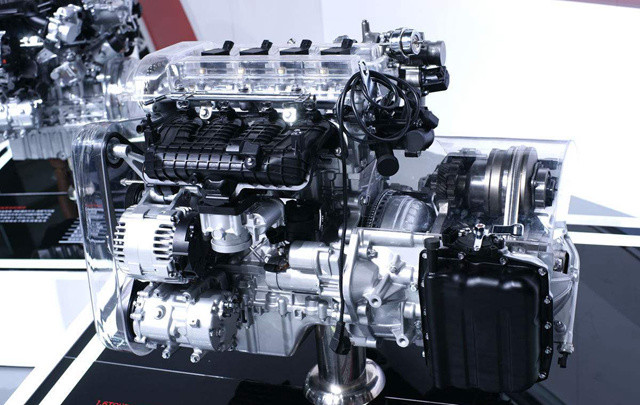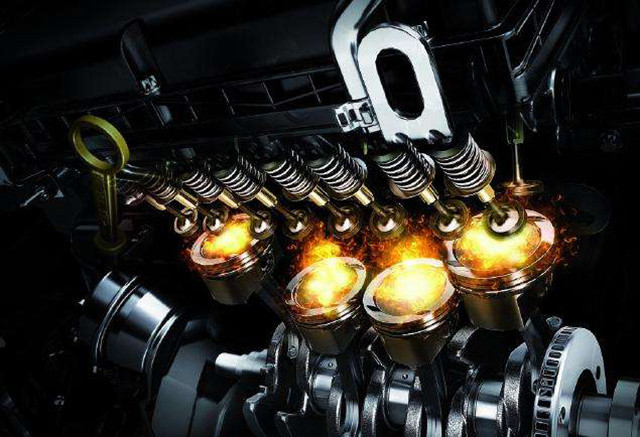Friends who know about the car can all have a very positive efficiency improvement for various types of automotive engine technologies such as meticulous, turbocharged, variable valve timing/lift, and direct injection in the cylinder. effect. With the exception of a few sports car engines that are built for extreme performance, the ultimate goal of the vast majority of civilian vehicle engine use technologies is actually to pursue a better air-fuel ratio. This article will introduce you to this slightly uncommon engine indicator. Although the current automobile engine technology is more and more complex, but the core is still mixed fuel and air to do work to generate kinetic energy to promote the car, so no matter what engine technology, so that the best ratio of fuel and air combustion are important design ideas for the engine . As the name implies, the air-fuel ratio refers to the ratio of the mass of air and fuel in the mixture in the engine cylinder. In the laboratory environment, theoretically, the air mass required for complete combustion of 1 kg of gasoline is 14.7 kg. Therefore, the mixture with an air-fuel ratio of 14.7:1 is called the theoretical mixture, the theoretical air-fuel ratio is also 14.7, and the theoretical air-fuel ratio of diesel is It is 14.3 (we have little daily contact with diesel engines, so we will only discuss the gasoline engine below). When the engine is operated at an air-fuel ratio of 14.7, the performance is the most balanced and the efficiency is relatively high. The air-to-fuel ratio is generally the highest at 12 to 13 hours. At 16 hours, the fuel consumption is the lowest, and the lowest concentration of pollutants is about 18. . Although the air-fuel ratio of 14.7 is the theoretical optimum value of the engine, the actual operation of the engine depends on the specific conditions. The ECU will constantly adjust the intake air amount and fuel injection amount to change the air-fuel ratio of the engine. If it is cruising, the ECU will let the engine work at a higher air-fuel ratio. This will ensure better fuel economy, and if it is accelerated overtaking, the ECU will let the engine lower the air-fuel ratio to do work, so that the engine is in better power. Reserve level. The variable valve timing/lift or in-cylinder direct injection technology mentioned above is actually for more precise control of engine intake and injection volume, so that the air-fuel ratio of the engine is always maintained at an appropriate level. Why does ECU know the air-fuel ratio when the engine is working? The basis for supplying data to the ECU is the oxygen sensor. Its working principle is that the oxygen sensor converts the oxygen concentration measured in the exhaust gas into an electrical signal and sends it to the ECU so that the air-fuel ratio of the engine is controlled in a narrow, near-ideal area (14.7:1). Another important role of the oxygen sensor is to monitor the engine operating conditions on the fly, making the emission of exhaust gas more environmentally friendly. Because the conversion ratio of carbon monoxide and hydrogen monoxide is slightly increased when the air-fuel ratio is large, the conversion rate of nitrogen oxides drastically decreases. 20%, so we must ensure the best air-fuel ratio, and achieve a more environmentally friendly exhaust emissions. Fabricated Aluminium Profiles with CNC Machining Fabricated Aluminium Profiles And Cnc Machining,Aluminum Alloy Precision Cnc Machining,Aluminum Material Components Maching,Aluminum Cnc Machinery Parts Foshan Modern Copper & Aluminum Extrusion Co.,Ltd. , https://www.fsmodernaluminium.com

